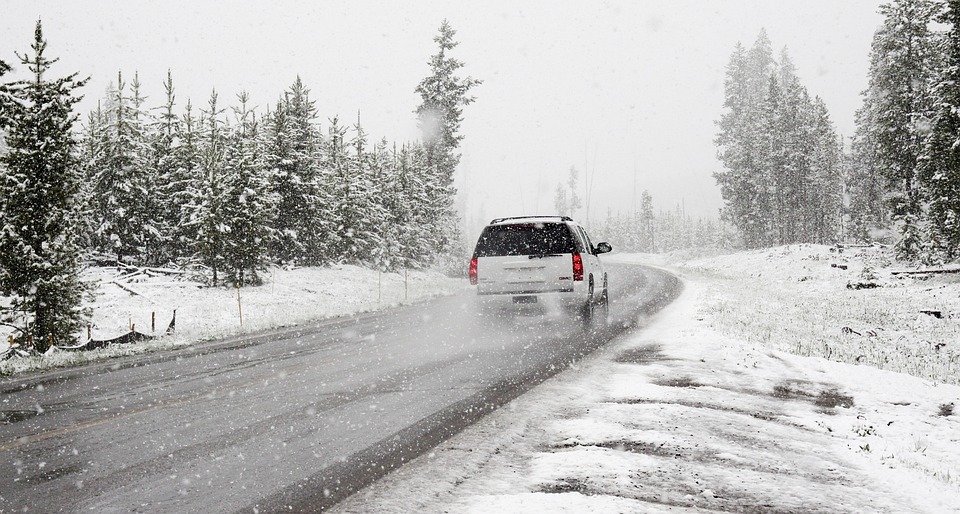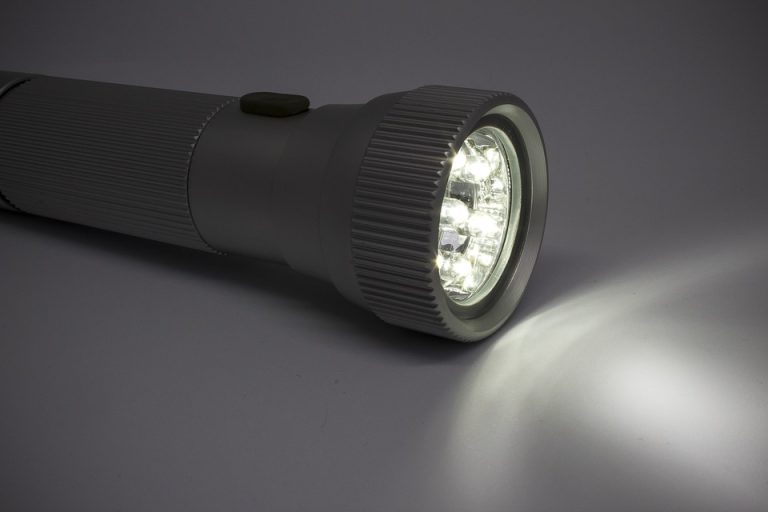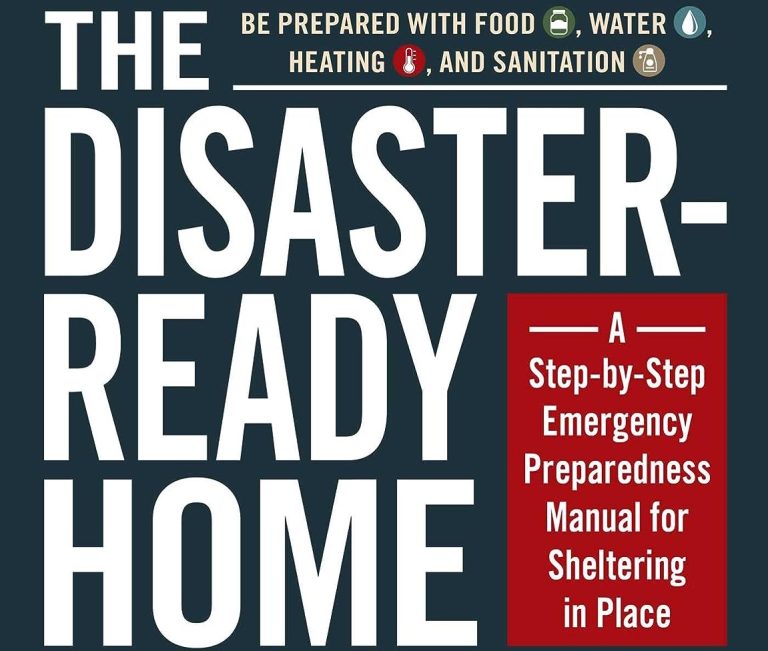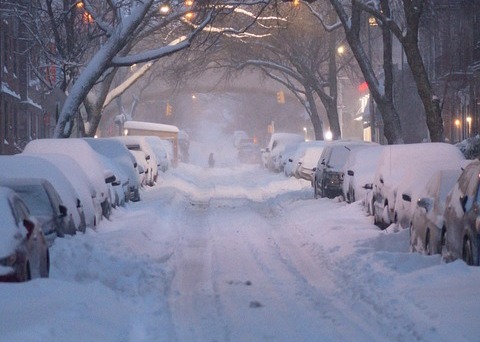No one plans for emergencies, but being prepared can make all the difference in the world when you find yourself in a challenging situation on the road. Whether you’re on a long road trip, stuck in traffic, or facing unexpected weather conditions, building a vehicle preparedness kit can provide you with peace of mind and help you stay safe. In this article, we’ll explore what you should include in your vehicle preparedness kit to ensure you’re ready for any unexpected event.

First Aid Supplies
In any emergency situation, your safety and health come first. A basic first aid kit should include bandages, antiseptic wipes, adhesive tape, scissors, tweezers, pain relievers, and any personal medications you or your passengers may require. Having these items readily available can make a significant difference in the event of an accident or injury.
Essential Tools
A set of essential tools can be a lifesaver when your vehicle breaks down or requires minor repairs. Include items such as a flashlight with extra batteries, a multipurpose tool, a tire pressure gauge, jumper cables, and a small fire extinguisher. These tools can help you handle various situations, from changing a flat tire to addressing engine issues.
Food and Water
When you’re stranded on the road, access to food and water is crucial. Store non-perishable snacks like energy bars, nuts, and dried fruits, along with bottles of water, in your kit. Check and refresh these supplies periodically to ensure they remain in good condition.
Blankets and Warm Clothing
Being stranded during cold weather can be particularly challenging. Include blankets, warm clothing (such as jackets, gloves, and hats), and hand warmers in your kit to help keep you and your passengers warm until help arrives.
Reflective Vest and Roadside Warning Devices
Visibility is essential when you’re pulled over on the side of the road. A reflective vest ensures that you’re easily seen by other motorists, especially at night. Additionally, consider carrying reflective triangles or road flares to warn approaching vehicles of your presence and potentially hazardous conditions.
Maps and Compass
In the digital age, it’s easy to rely on GPS navigation, but what if your phone dies or loses signal? A physical map of your area and a compass can help you navigate and find your way to safety.
Communication Devices
A charged cell phone is essential, but also consider having a backup power source, such as a portable charger or a solar-powered charger. For more remote areas, a satellite phone or a CB radio can be invaluable for reaching help.
Vehicle-Specific Items
Depending on your vehicle, there may be specific items you need to include in your kit. For example, if you have an older vehicle, spare parts like belts, hoses, and fuses could be essential. Always carry your vehicle’s manual, as it can provide valuable troubleshooting information.
Personal Items
Don’t forget about personal comfort and entertainment. Pack items like a small radio, a deck of cards, a notebook and pen, and any necessary hygiene products (such as hand sanitizer and wet wipes) to make your wait more bearable.
Use our handy checklist to build your own vehicle emergency kit.
Building a vehicle preparedness kit can be a true lifesaver in emergency situations. Regularly check and maintain your kit to ensure that all items are in working order and not expired. Remember, being prepared is not just about having the right equipment; it’s also about knowing how to use it effectively. Take the time to familiarize yourself with the items in your kit and stay informed about road conditions and potential hazards. With the right preparedness kit and knowledge, you can stay safe and confident while traveling on the road, no matter what comes your way.



